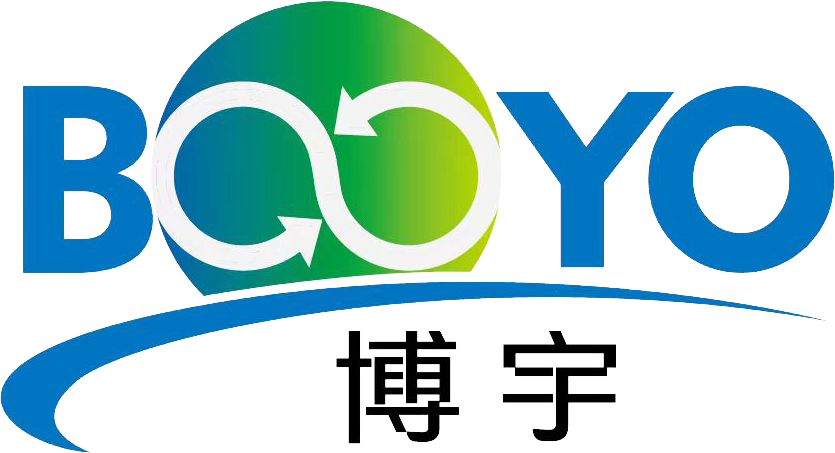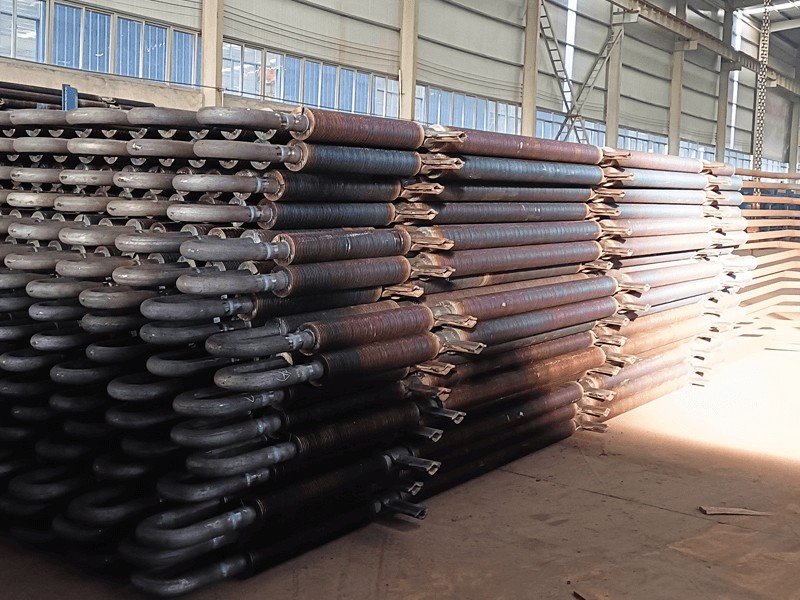
Our News
Find out about our latest news here.
Latest News
- ▶ High-Efficiency Surface Condenser Solutions:
- ▶ Health, Safety and Environment (HSE) Policy
- ▶ Conflict-of-Interest Policy
- ▶ Can a Welded Spiral Heat Exchanger Solve Fouling and Blockage Problems?
- ▶ Anti-Bribery and Corruption (ABC) Compliance Policy
- ▶ The Critical Role and Application of Heat Exchangers in the Natural Gas Treating Process
Message
What Are Super Heater Coils?
Super Heater Coils are critical components in modern steam boilers, designed to transform saturated steam into superheated steam. This process increases the steam temperature beyond the saturation point without raising pressure, making it ideal for power plants, industrial boilers, and petrochemical applications. By delivering dry and high-temperature steam, Super Heater Coils improve thermal efficiency, reduce moisture-related issues, and ensure stable turbine performance.
How Do Super Heater Coils Work?
In a boiler system, saturated steam flows from the steam drum into Super Heater Coils, which are exposed to high-temperature flue gases. These gases heat the coils through radiation and convection, elevating the steam temperature to levels typically between 450°C and 570°C for high-pressure applications.

Heat Transfer Methods
Radiant Super Heater Coils: Placed inside the furnace to absorb radiant heat directly.
Convection Super Heater Coils: Located in the flue gas path for convective heat transfer.
Combined Design: Uses both radiation and convection for maximum efficiency.
Why Are Super Heater Coils Important?
Enhanced Efficiency
Superheated steam carries more energy, improving overall boiler efficiency and reducing fuel costs.Moisture Protection
Eliminates water droplets, preventing corrosion and erosion in steam turbines.Higher Output
Essential for high-pressure steam systems in power generation and industrial processes.
Design and Material Specifications
Super Heater Coils must withstand high temperatures, high pressure, and corrosive environments. Common materials include:
Alloy Steels: SA-213 T11, T22
Stainless Steels: TP304, TP347 for ultra-high temperature conditions
The coils are often serpentine-shaped, welded to headers, and designed per ASME Boiler and Pressure Vessel Code or EN standards.
Applications of Super Heater Coils
Power Plant Boilers: Enhancing turbine performance and thermal efficiency
Petrochemical and Refinery Boilers: High-temperature steam for process heating
Industrial Boilers: Textile, chemical, and food industries requiring dry steam
Maintenance and Safety Tips
Regular Visual Inspection: Detect signs of creep, cracking, or oxidation
Soot Blowing: Keep flue gas surfaces clean for effective heat transfer
Temperature Monitoring: Avoid overheating and thermal stress
Nondestructive Testing (NDT): Radiographic or ultrasonic testing of welds
PROFESSIONAL CONSULTATION
If you are interested in our products and want to know more details, please leave a message here, we will reply you as soon as we can.